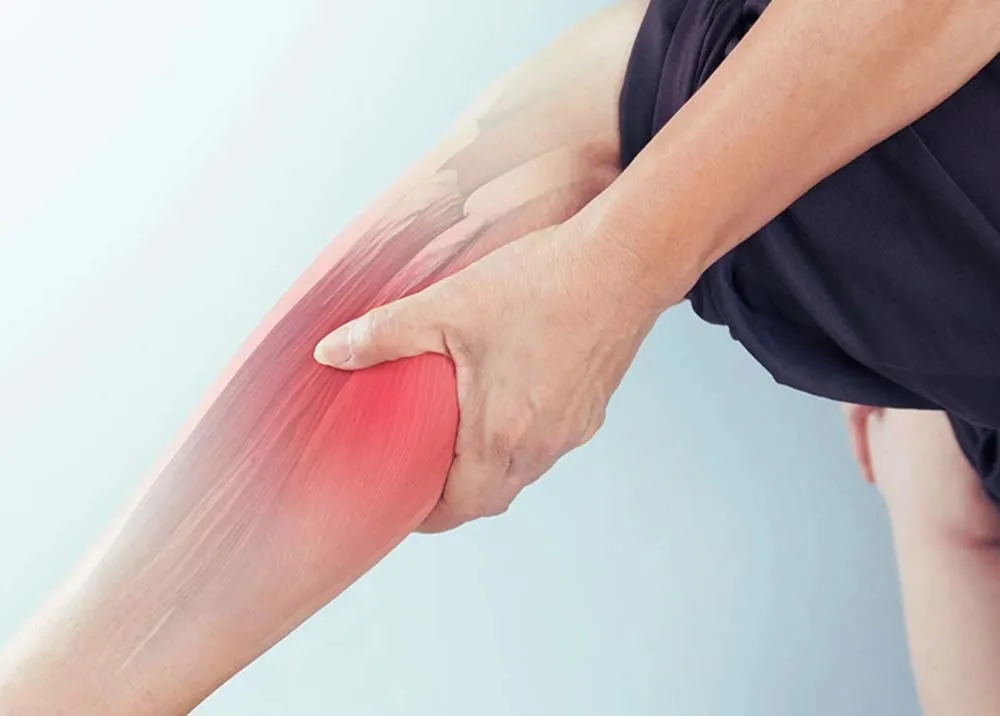Lazer Magnet Therapy
Laser magnetic therapy apparatus smooths muscle strains

The laser magnetic therapy apparatus smooths muscle strains primarily through the dual physical effects of laser and magnetic field, exerting a synergistic effect in multiple dimensions such as reducing inflammation, promoting repair, and alleviating pain. The specific mechanisms are as follows:
I. Repair and analgesic effects of laser on muscle strains
- Inhibiting inflammatory response and reducing swelling
After a muscle strain, local aseptic inflammation occurs, accompanied by vasodilation, fluid extravasation, and swelling. Laser (especially low-intensity laser) can penetrate the skin to act on damaged tissues. By inhibiting the synthesis and release of inflammatory factors (such as prostaglandins and tumor necrosis factors) and reducing the accumulation of inflammatory cells (such as white blood cells), it alleviates local inflammatory reactions like redness, swelling, heat, and pain, and reduces the compression of swelling on surrounding nerves. - Promoting local blood circulation and accelerating metabolism
Laser energy can stimulate the dilation of capillaries in the strained area, increase local blood perfusion, and enhance the supply of oxygen and nutrients (such as proteins and glucose), providing sufficient raw materials for the repair of damaged muscle cells. At the same time, it accelerates the excretion of metabolic wastes (such as lactic acid and tissue debris), avoiding persistent pain caused by the accumulation of metabolites. - Activating cell repair mechanisms and accelerating healing
Laser can enhance the activity of mitochondria in muscle cells through photobiomodulation, promote the synthesis of adenosine triphosphate (ATP, the cellular energy currency), and provide energy for the regeneration and repair of muscle fibers. In addition, it can stimulate the proliferation of fibroblasts, accelerate the synthesis and remodeling of collagen, help reconnect damaged muscle fibers, and shorten the repair cycle. - Blocking pain signals and relieving pain
Laser can directly act on the sensory nerve endings in the strained area, reduce their excitability, and decrease the transmission of pain signals to the central nervous system. Meanwhile, it promotes the release of endorphins (natural analgesic substances) in the body, relieving acute pain after muscle strain through both “blocking signals” and “enhancing endogenous analgesia”.
II. Auxiliary soothing effects of magnetic field on muscle strains
- Relaxing muscle spasm and reducing secondary damage
Muscle strains are often accompanied by protective spasm (sustained muscle contraction to limit movement), and spasm will further aggravate pain and tissue traction. Magnetic field reduces muscle excitability by affecting the distribution of ions (such as calcium ions and sodium ions) inside and outside muscle cells, relieves spasm, avoids secondary damage to the injured area caused by sustained muscle tension, and improves local mobility. - Regulating tissue osmotic pressure and reducing edema
The electromagnetic induction effect of magnetic field can affect the osmotic pressure of local tissues, promote the return of tissue fluid, reduce fluid accumulation in the strained area, help relieve swelling, and indirectly alleviate the distending pain caused by swelling. - Enhancing cell metabolism and synergistic repair
Magnetic field can regulate enzyme activity by affecting bioelectrical activities in cells, enhance the metabolic capacity of muscle tissue, and work synergistically with laser to further accelerate the repair and regeneration of damaged cells, which is particularly helpful for the recovery of chronic muscle strains (such as repeated strain).
III. Synergistic effect of laser and magnetic field
The combined application of laser and magnetic field is complementary: laser focuses more on rapid anti-inflammation, analgesia, and directly promoting cell repair, while magnetic field has advantages in relieving muscle spasm and regulating tissue fluid balance. Their synergistic effect can more comprehensively improve the local microenvironment after muscle strain, not only reducing immediate pain and swelling but also accelerating the structural repair of muscle tissue, and reducing the risk of sequelae such as adhesions and decreased muscle strength after strain.
It should be noted that the laser magnetic therapy apparatus is suitable for mild to moderate muscle strains (such as mild muscle fiber tears and contusions). For severe strains (such as complete muscle rupture), medical fixation or surgical treatment should be performed first, and magnetic therapy can be used as an auxiliary in the later stage to promote recovery. It is recommended to control the irradiation dose and time under professional guidance during use to avoid excessive stimulation of damaged skin.
